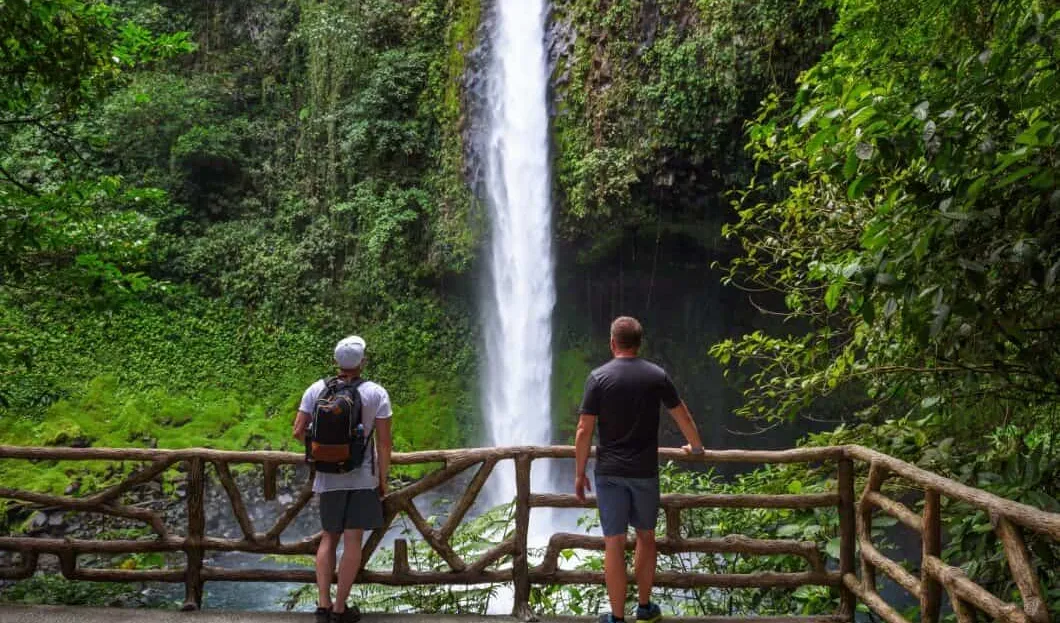
Costa Rica’s natural charm and its eco-tourism legacy are well known, yet the country now faces a downturn in visitor numbers. New data from the State Institute for Tourism (ICT) – coming in since September 2024 – shows a continuous dip that’s sparking worries not only among those in the travel sector but across the economy at large.
A Critical Economic Pillar Under Strain
Costa Rica’s tourism has long been the heartbeat of the local economy ever since the early 2000s, stepping in where agriculture used to hold sway. Generally speaking, this sector contributes about 8% of the nation’s GDP and supports nearly 25% of jobs, whether directly or indirectly. In 2024, Costa Rica welcomed around 2.91 million international visitors, mostly coming from North America. Yet things took an odd turn later that year. Between September and December, the number of guests fell to roughly 788,653 compared to 820,477 during the same period in 2023. European arrivals particularly suffered – with about 44% fewer visitors from Germany, nearly 32% less from France, and roughly 29% less from Spain – all signs that this key pillar is clearly under strain.
Rising Crime Damages Costa Rica’s Reputation
Many in the tourism business and global marketing circles now point to an upsurge in crime as the main culprit. Once lauded as one of Latin America's safest spots, Costa Rica has seen a worrying rise in violent incidents in recent years. For instance, 2023 brought a grim record of 905 murders, a figure that continues to cast a shadow over the country's image. Come December 2024, US officials even upped the security warnings, urging travelers to be extra careful. While it’s tough to isolate exactly how much this trend has hurt tourism, the growing uncertainty is clearly affecting visitor confidence.
Economic Factors Add to the Challenge
Adding another layer of complexity, the non-profit Proimagen points out that global economic jitters – mixed with simmering political tensions – are making travelers think twice before spending. In most cases, this restricts spending habits, and when you combine that with the high cost of tourist services in Costa Rica, the country finds itself at a disadvantage compared to competitors offering lower prices. Moreover, the common use of the US dollar in Costa Rica’s tourism scene is becoming problematic as the greenback dips against the national colón. Local businesses are forced to hike prices to manage rising costs, making the destination less attractive for the budget-minded. Unsurprisingly, nations in Asia, parts of Central America, and the Caribbean are beginning to capture the interest of travelers looking for more affordable options.
Cautious Outlook for Holy Week Tourism in Costa Rica
The headwinds affecting Costa Rica’s tourism are even reflected in forecasts for Holy Week – a period that usually buzzes with domestic travel. A recent survey from the Costa Rican Chamber of Hotels, which sampled 52 hotels spread across different regions, found that the national occupancy rate is expected to average around 76%, with only about 59% of reservations confirmed. These numbers might seem decent on paper, yet more than half of the hotels (around 52%) are bracing for a drop in occupancy by roughly 17% compared to Easter 2024. About 42% foresee no major changes and only a scant 6% predict a boost. The chamber largely attributes this cautious mood to the overall economic climate, shifts in local travel habits, and that persistent decline in foreign visitors.









